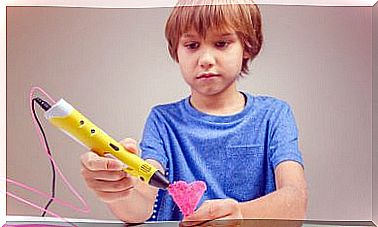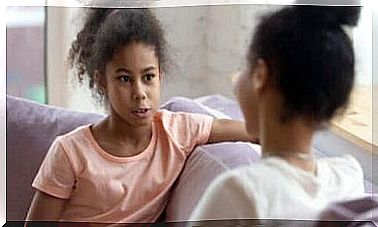Fever And Drowsiness In Children: What To Do?
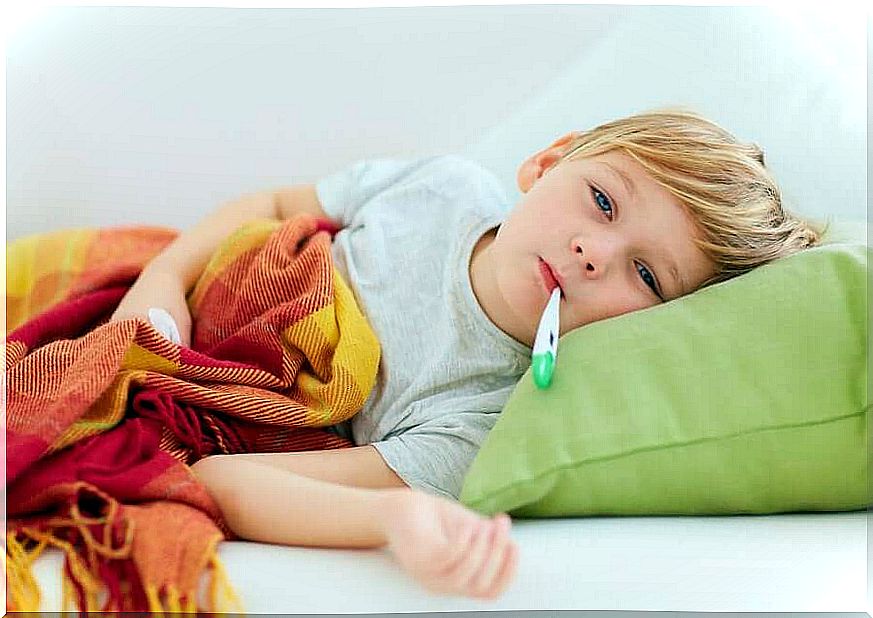
Fever and drowsiness in children are some of the symptoms that develop in the little one’s body when he tries to fight infectious agents. Fever is often the result of so-called aseptic causes, but it is still a symptom that must be tackled immediately.
It is clear to all parents that a fever is a sign that something is wrong in a child’s body. However, the general question for parents is to know when this problem can be treated at home and when it is necessary to go to the hospital.
In case of drowsiness in children, alone or accompanied by fever, pediatricians usually advise going to the emergency room for more detailed examinations. This is because these two symptoms at the same time can hide a more serious problem.
Just to try to clarify doubts related to fever and drowsiness, below, we will leave a guide to identify the severity of symptoms and know what to do.
Fever in children
Fever in humans is a symptom that serves to let you know that something is not working quite well inside the body.
Febrile states can be associated with several viral or bacterial factors. In most cases, the fever can even go away on its own if the child is healthy and the rise in temperature is not related to other conditions.
Although stigmatized, fever actually helps to strengthen a child’s immunity. Anyway, we won’t be able to get rid of it either, as it will be present very often during the first three years of a child’s life.
Fever is often accompanied by other symptoms and at different levels, such as those listed here:
Fever Levels
In order for parents to be able to identify the child’s health status, it is important to know the level of the febrile state.
- Febricle: at this level, body temperature is in the range of 37 to 37.5°C, when measured in the armpit, or 38 or 38.5°, when measured rectally.
- Fever: This second degree is what allows us to identify the most common febrile state. The temperature will be between 37.5 and 41°C for the axillary route and between 38.5 and 42°C for the rectal route.
- Hyperpyrexia: This is a very serious condition. In this case, the temperature exceeds 42°C via the axillary or rectal route. If a child or adult has this degree of temperature, it can be a lethal complication.
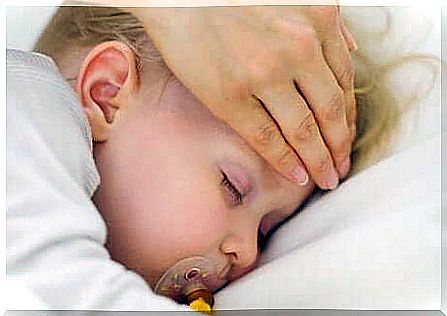
When fever and drowsiness come together in children
We’ve already discussed the reasons why fever levels occur in degrees Centigrade. But what happens when fever is accompanied by drowsiness?
Children with fever often have additional symptoms. For example, they may breathe rapidly, cry constantly, lose their appetite, or experience chills.
In the case of drowsiness, it usually occurs when the child’s temperature starts to rise too high. Hallucinations, delusions, inability to rest, and even seizures may also arise, due to irritation of the nerve cells.
It is not common, but in very particular cases, sleepy children with fever may have suffered head trauma or bruises. This leads to the appearance of these two symptoms.
However, as mentioned above, the most common is that drowsiness occurs in the child due to a temperature level close to 40°C. Without a doubt, this is a sign that parents should be very attentive to.
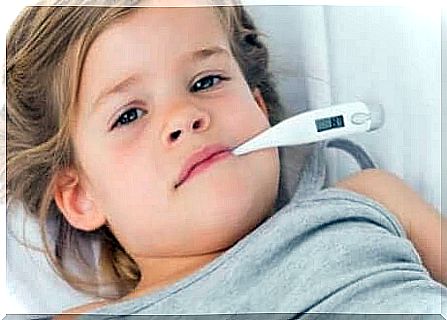
Measures to reduce fever
Of course, to avoid getting such extreme symptoms, it’s good to take several precautions. First, you need to have a thermometer handy and monitor your child’s temperature.
As long as the child remains with a fever, we can use homemade solutions, such as removing clothes, applying cold water compresses, lowering the temperature of the room and offering warm water baths for periods of 20 minutes. An essential care is to give enough liquid to the little one, so that he stays hydrated.
As a final recommendation, it is good to make it clear that if the child has a temperature close to 39°C and also has drowsiness or other symptoms considered abnormal, we should go to the hospital without hesitation.

